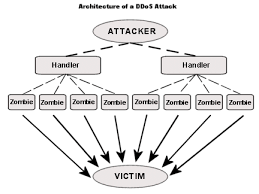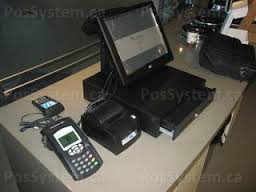What are bots, and why should lawyers be concerned about them? For this blog topic of discussion, bots are considered “a device or piece of software that can execute commands, reply to messages, or perform routine tasks, as online searches, either automatically or with minimal human intervention.” For law enforcement, such bots are an emerging threat because they are being programmed to carry out online tasks that sometimes can cross the line into illegal activities.
Category: IT Security
Catphishing
You may have heard of the terms “phishing” or even “spearphishing”—they both refer to attempts by bad actors to gain personal information to pilfer bank accounts or damage reputation. Phishing is a broader term for wide-reaching untargeted solicitations, whereas spearphishing concerns attempts to target a particular population set like veterans, the elderly, or employees of a particular company for example.
This type of targeting will be familiar with law enforcement, but what you may not know is that early hacking routines were known as “phone phreaking” and the word usage stuck.
Emerging Threats: Cryptolocker

Cryptolocker is financially-motivated ransomware that encrypts a user’s computer files and demands payment in either an anonymous currency (Bitcoin), or Moneypak payment cards. Propagation & Exploit is typically via spam email purporting to come from shipping companies or regarding business processes, dropped by other malware, thumb drives, and Yahoo! Messenger. Upon infection, Cryptolocker contacts the command and control (C2) server for a public RSA-2048 encryption key, which is downloaded and used to encrypt typical enterprise files types,
Emerging threat: CryptoWall

CryptoWall is a digital ransomware that encrypts files on the infected machine and any connected file shares or drives. CryptoWall is distributed through phishing emails, malicious advertisements, compromised web sites, and as fake updates for applications such as Adobe Reader, Adobe Flash, and Java. In June 2014, this malware spread through the RIG exploit kit. Malicious actors use compromised websites to host the RIG exploit kit, which then exploits vulnerabilities in Java, Silverlight, and Flash to deliver the CryptoWall payload to the victim.
Emerging Threat: Telephone Denial of Service (TDoS)

TDoS attacks overload the telephone network, preventing legitimate telephone calls from being placed or received. Attacks against SLTT emergency lines, primarily at public safety answering points (PSAP) such as 9-1-1 centers, but also including utility department emergency numbers and other emergency numbers, remain a continuing threat. There is a relatively low risk of TDOSes occurring, however an attack against a PSAP could endanger emergency responders and citizens if the TDOS prevents them from contacting the PSAP.
Emerging Threats: Point of sale (POS)

POS compromises are increasingly common in the commercial sector but remain rare in the government sector. The POS is the location where money transfers from the buyer to the seller at a retail store. Compromises can include physical tampering with pinpads or cash registers, complicit employees, or computer viruses. The compromise may affect the cash register or the computer that processes the credit card payments, and may target debit cards and pin numbers or credit card information.
Emerging Threat: Internet of Things (IoT)

IoT refers to internet-enabled electronic devices which are not computers, smartphones, or tablets. These may include lightbulbs, refrigerators, coffee makers, and toys, and are internet-enabled to facilitate ease of use for owners. For instance, with a light bulb connected to the internet, it is possible for the owner to use a smartphone application to remotely turn it off and to monitor its power usage. Unfortunately, these devices frequently do not contain security components, so it may be possible for a remote attacker to use such a device to start a fire (e.g.





